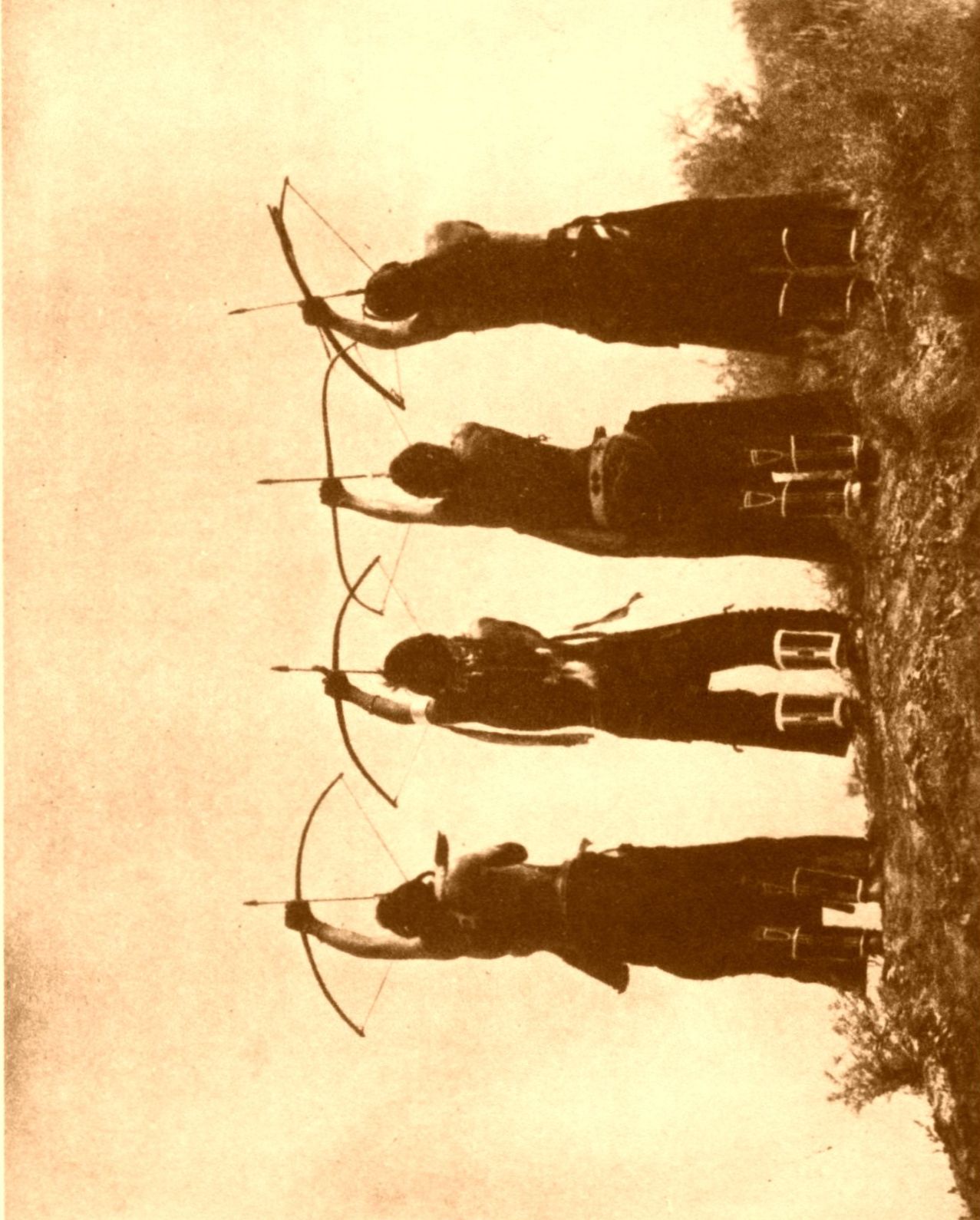Of course, a stiff upper limb can be made lighter than the bending inner limb. However, it still weighs something, despite not actively contributing any energy at all to the cast (it's basically just a heavy lever).
That weight is important, and there's evidence from the fossil record in Asia that the composite bows with stiff outer limbs did not really become decent bows until the development of bone side plates on extremely thin wooden cores, to make the siyahs lighter will maintaining stiffness. Without the bone plates on the siyahs the velocity was hampered by the weight of the siyahs. These bows didn't really go places until people figured out that bone is stiffer and lighter than wood, and thus can greatly reduce the weight of the siyahs.
With a whip-ended bow, however, there's no weight on top of the limbs at all, other than the bowstring and the notch. That's an advantage. And yes, the lower sections should be made to contribute, as PatB noted. My point is that a whip ended bow more effectively maximizes the energy output to the arrow, or the
net energy, which is what really matters.
The tips could be made to bend easier by decurving them, and the grip/inner limbs could be reflexed to increase energy storage. This intuitively seems like a better way to get the maximum amount of energy out of a bow in the optimal regions.
It seems this was a favored type of bow among Amerindians.

)



I have also seen bows on Greek vases that could be described as "whip ended":
